Hardtack has been a staple survival food for centuries due to its ease of production, how filling it is, and its notable shelf life. It’s also one of the easiest survival food to make. Whether you’re living off grid, when SHTF, or just plain on a budget, hardtack biscuits can tide you over for a very long time. There are a few important things to consider when storing hardtack to keep.
How long does hardtack last? Ensure your hardtack is dried properly after baking. Keep it far away from moisture, humidity, light exposure, and insects. Certain spices can be used to repel insects that could potentially compromise the biscuit. Other add-ons like butter, vegetable oil, or honey can be used for flavoring, but will severely cut down on your product’s shelf life.
Before we get around to storing it away, first we need to understand what hardtack is, followed by how we’d get around to baking it.
What is Hardtack?
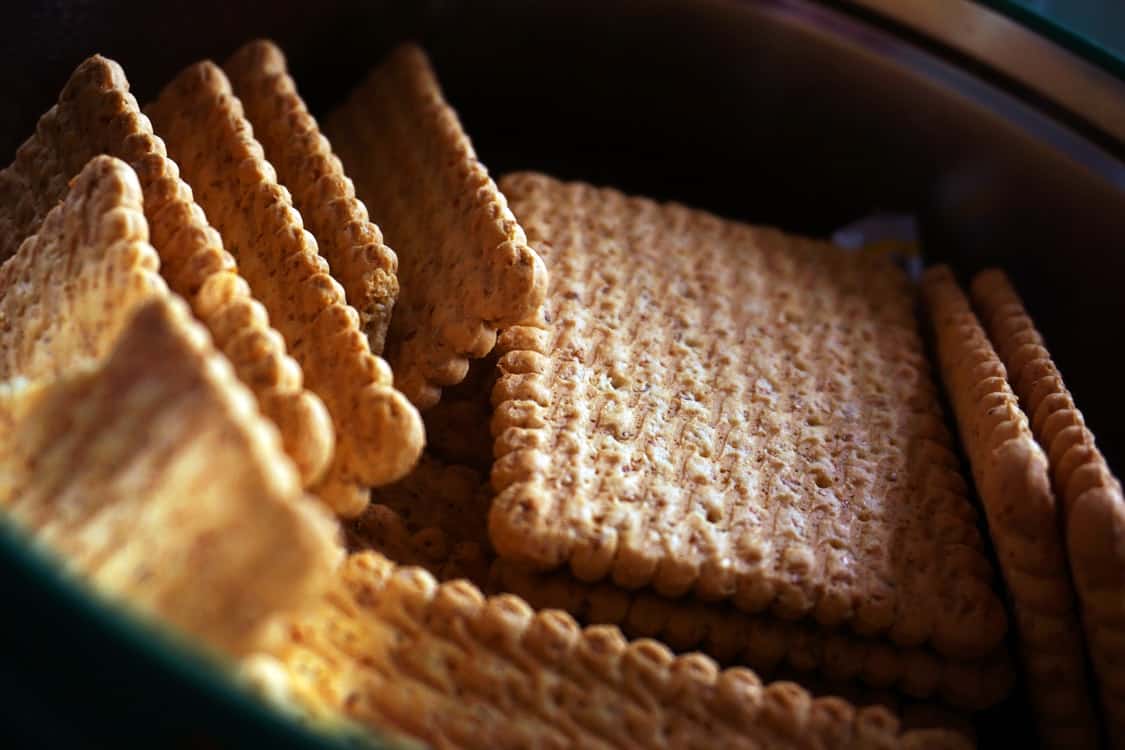
Hardtack is a very dense cracker made from flour, water, and a bit of salt. It’s designed to provide a decent and filling meal in trying situations and can be somewhat considered a forerunner to the MRE. It’s found use as a food staple in many distinct worlds – from armies and pirates to rebels and refugees.
While the product itself had many precursors throughout cultures across history, the version we’re most familiar with – hard biscuits with uniform squares with punched holes – were created in 1792 by Theodore Pearson. The squares were done for easier storage, while the docking holes prevented air pockets, pastry puffing, and irregular dough formation issues.
Their absurd shelf life can be chalked up to their very low moisture content, being baked between two to four times before being sent off as provisions. Bacteria need moisture to grow, and starving them of that goes a long way in keeping them pristine.
As a result, they can barely dent dry, properly stored hardtack – these can keep for upwards of decades. Comparatively, its main component flour goes bad in a scant three to eight months.
Due to this, they’re very difficult to eat, being not only bland tasting but tough enough to chip teeth dry. Before eating, soak hardtack in some sort of liquid like water, milk, coffee, or stew. Others may fry them in oil or animal fat, to good results.
Despite these drawbacks, hardtack still remains a key food item for long-term living and could make for a good addition in the stores of your prepper pantry.
Making (And Storing) Hardtack at Home
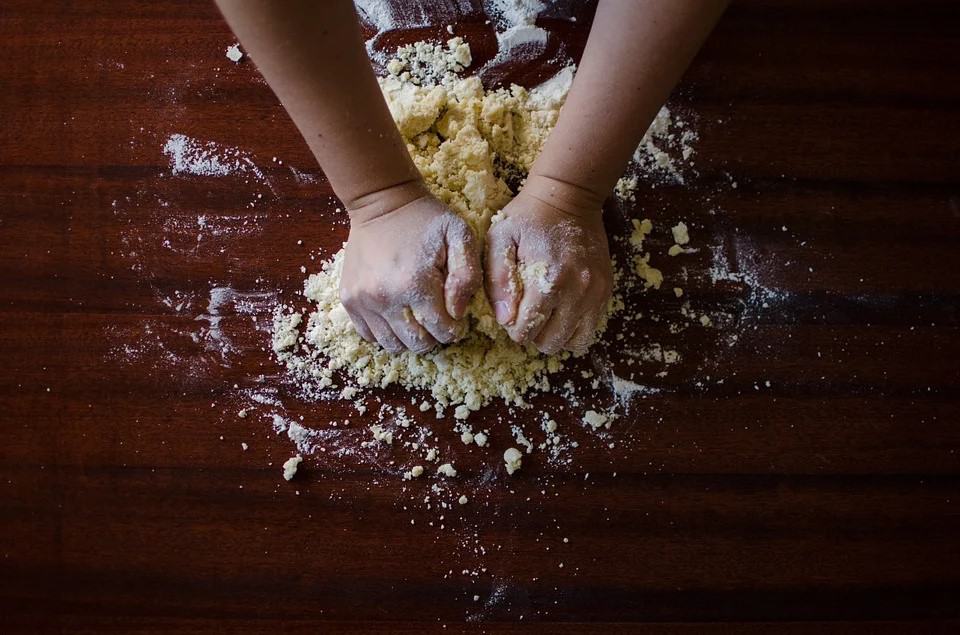
Hardtack can easily be made at home, requiring only flour and water – though the product will end up both horribly bland and extremely dense. You can offset the former issue a bit by adding some salt, though only just.
A good ratio of ingredients is two cups of flour per three-fourth cups of water, and whatever seasonings you’d like to incorporate. Make sure to preheat the oven to at least 375 degrees Fahrenheit while preparing your dough.
The ideal consistency would be dense and dry – just enough that the batter does not stick to your fingers. Add flour or flour as needed to ensure you reach the right texture.
Roll it on the countertop or cutting board, then start segmenting chunks accordingly. Use flour to keep the dough from sticking to your cutting point. Have something to punch holes in your dough on hand – chopsticks work well for this role.
Place your dough in the baking sheet for about thirty minutes, then flip it over and bake for the same time. This can be done twice to ensure very dry and long-lasting hardtack but comes with some risk of it crumbling altogether. If you plan to do so, make sure you’ve cooled your hardtack completely from the first attempt and set your oven to a lower temperature.
Making your own hardtack is a very simple affair. It can keep and travel for a very long time, but if you really want to stretch out their shelf life follow the guidelines below.
-
Cool Completely After Baking
Your main enemy for storing most baked goods is moisture. Hardtack is no exception, no matter how unorthodox it may appear to be.
All backed goods stored to quickly end up attracting and trapping moisture into their mix, which not only ruins the quality of the product but risks mold growth. Mold can quickly compromise an entire cache of stored hardtack, especially when left unchecked for a long time.
It’s crucial to let your hardtack cool to room temperature before tucking it away – especially if your storage space is enclosed. It should firm up and dry out within a day of baking.
If you want to quicken the process a bit, you could bake it for another few minutes. As mentioned before though, you’d risk getting crumbly hardtack for your impatience. When doing this, keep the oven temperature relatively low – Around 200 degrees Fahrenheit for a long bake.
-
Keep it Covered and Dry

Dark, covered cabinets are your friend here. If you only have clear translucent storage means, cloth covering could go a long way to prevent light exposure. Just cover them on top at minimum.
When exposed to light, food undergoes a process called photodegradation. Vitamins, protein, and fats are vulnerable to this process. For hardtack specifically, these losses pose legitimate concerns, degrading your meal ration – which is legitimately healthy, albeit unpalatable on its own– to nothing more than junk food over time.
Make sure you check your storage cabinet periodically for leaks and other gaps. Humid weather conditions may ruin your food stores. Ensure you find safe, covered storage for your hardtack. It very much follows similar storage rules to how one would hide away spices, though requiring a good deal more space.
-
Hide it Somewhere Airtight
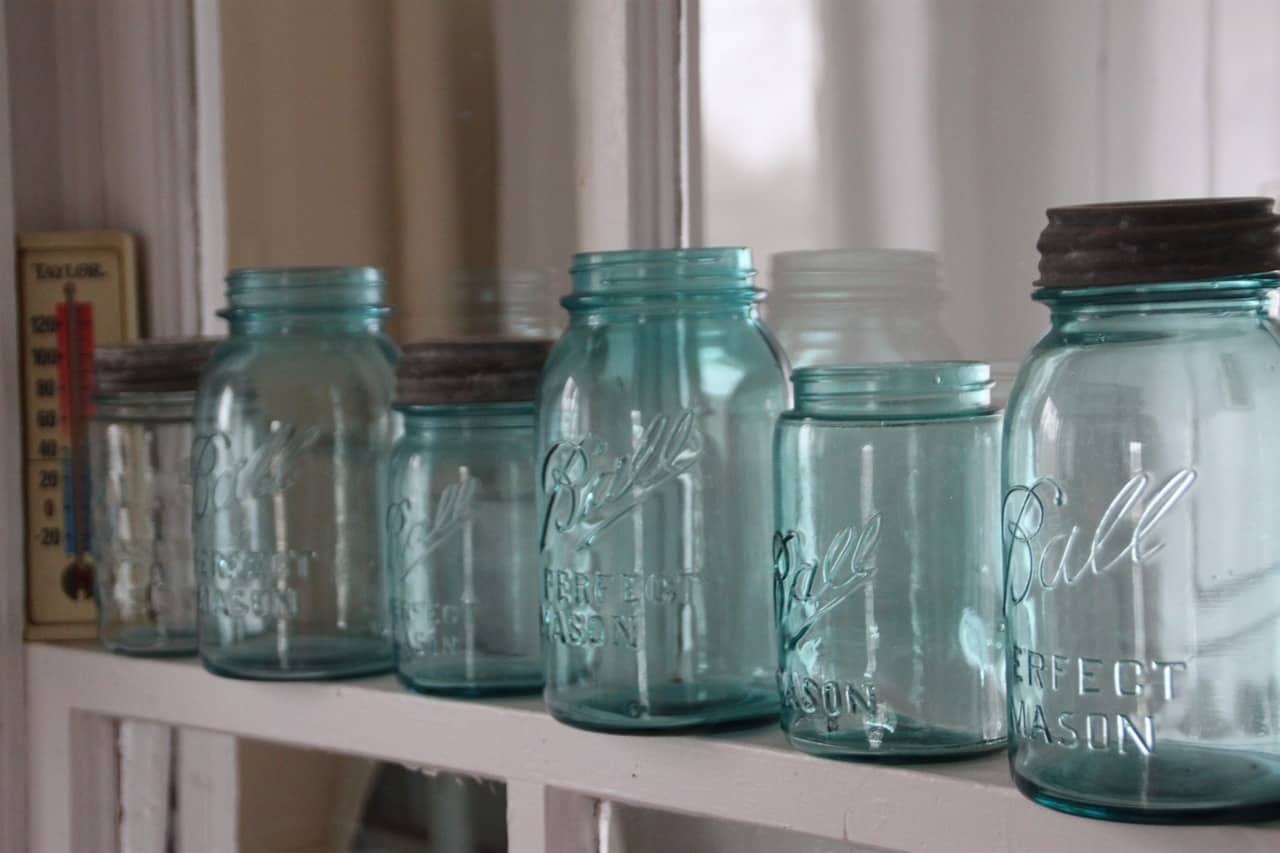
Mason Jars are great storage options, being safe from the elements and well covered. Their main drawback is their fragility, which can easily be compensated for with some care.
Metal tins could be used as well. They boast better durability, but are more vulnerable to heat and humidity fluctuations. Another practical drawback is the inability to check its contents at a glance.
Ziploc bags make another option, and stockpiling them is very affordable, convenient, and space-friendly. You could also double up layering them, ensuring safer storage of your hardtack.
Per usual note, do not store this outdoors, near humid areas, or in fridges. Silica gel packets scattered in your storage cabinet could handle most ambient moisture comfortably.
A more accessible desiccant such as dry rice could also do the job well. Remove some rice from your mason jar and pack a few grains in your storage method of choice.
-
Season it Up
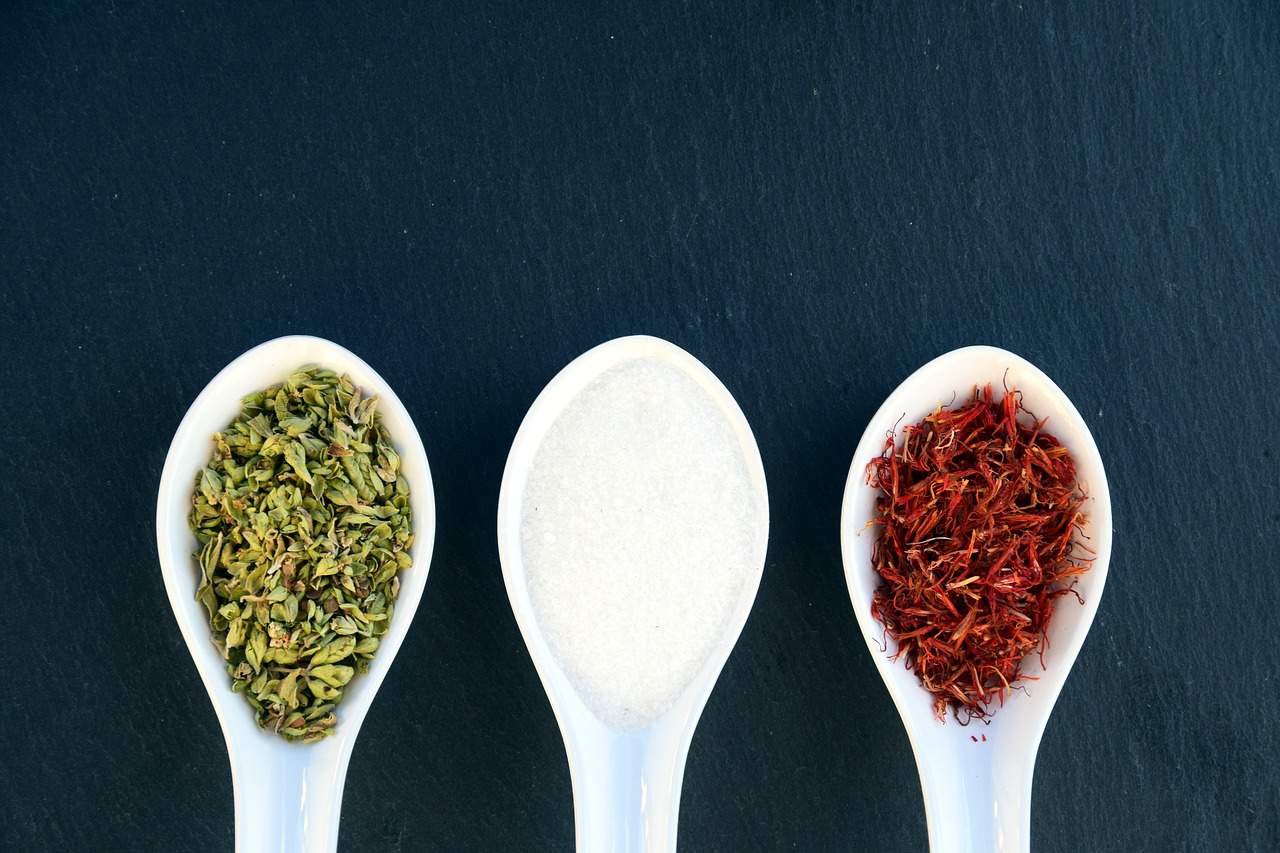
Designed as an easily accessible meal, hardtack and palatable were never in the same sentence – especially during wartime conditions. During the American Civil War, hardtack had very little love in the soldier’s eyes. It was a bland meal at the best of times, moldy and damp in others.
Given the main flavoring, people put in hardtack was about a teaspoon of salt, this was to be expected. During the time, they didn’t have that many options comfortably at their disposal. That said, we most certainly do.
Adding a few hints of herbs and spices could go a long way for the taste. Popular choices include rosemary, basil, or chives. Best of all, these don’t compromise hardtack’s legendary shelf life. While their flavor and aroma do come from volatile oils, these oils only fade in potency rather than degrade. They remain perfectly edible for the same duration – at least, as edible as hardtack goes.
Another great reason to add spices is deterring insects. During the American Civil War, if their hardtack wasn’t too hard to chew, moist, or moldy, it was liable to be infested with insects. The most common culprits were weevil larvae and maggots.
During that trying time, soldiers had to make do as well. They sank their infested hardtack in their liquid of choice to drown the worms, then skimmed them off before eating. Thankfully, we don’t need to do that, as spices double as excellent insect deterrents.
The above mentioned herbs and spices are great against larvae while being quite tasty to boot. Bay leaves and peppercorns greatly help at keeping weevil larvae from cropping up in your food.
If you don’t believe in doing so or want to completely minimize the risk of your hardtack being compromised, you could just store them away in the same space. If you aren’t producing that much hardtack in one go, there’s no reason not to shove your goods in the spice cabinet for extra safety.
Leaving some dried bay leaves in your cabinet can keep most insects repelled, and only need to be changed every few months. Cinnamon can also be used, and as an added boon keeps ants away.
-
(Don’t) Butter it Up
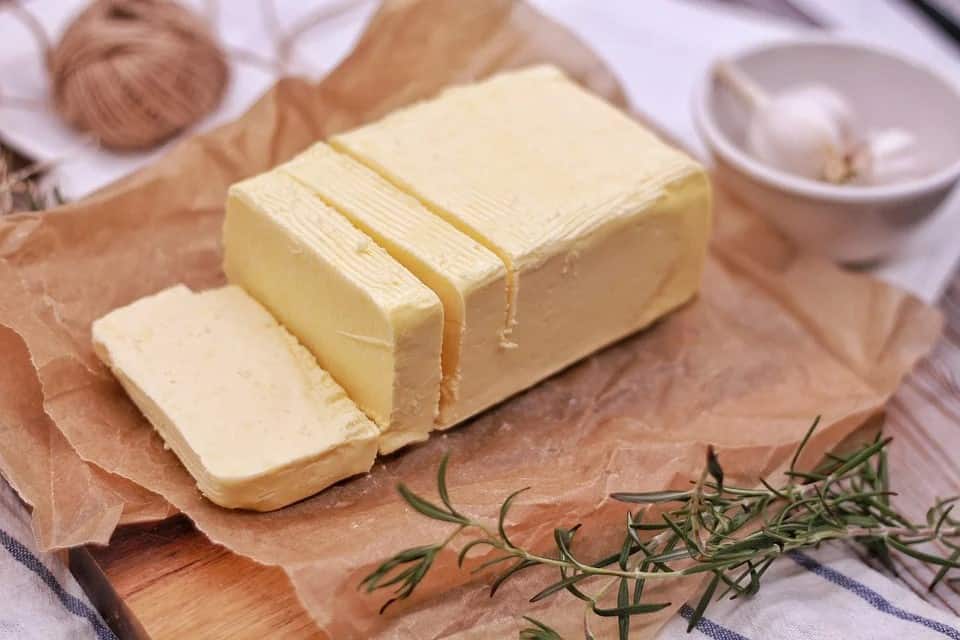
Hardtack is meant for long term storage. While you can add spices and flavoring to your biscuits, adding oils or fat severely cuts down the shelf life of your product. Your hardtack may be softer and tastier, but that’ll be because of the oils and fats adding moisture to the dough.
On top of that issue, butter goes rancid much faster than hardtack. Vegetables may last a bit longer, but even then, the best shelf life you’re getting on this food known to outlive people is a few sparse months.
If you’re making them to treat yourself, go nuts – but why would you use a hardtack base to do that? Just make something softer and enjoy it better.
Even honey isn’t exempt, despite it not spoiling. The moisture in the honey reduces the shelf life comparably to butter and vegetable oil.
Not the case for butter or vegetable oil, as these really cut down the shelf life of the product, being susceptible to going rancid – especially when the initial product lasts this long.
Even honey wouldn’t work, despite it not spoiling. The moisture in the honey would reduce the shelf life to around several weeks.
That said, you do have other ways to make it more enjoyable.
Common Eating Methods
Hardtack can be eaten as is, though they’ve earned nicknames such as “jawbreakers” for a reason. There are more than a few stories of people chipping or losing baby teeth to this biscuit. Eating this constitutes a lot of nibbling, which can take upwards of twenty minutes at the best of times.
Entries from Civil War soldiers described instances of them bashing the cracker with stones or the butt of their guns just to render them edible. While this could be partly chalked up to a difference in flour used or living circumstances, hardtack made today still retains their classic durability.
They were often dunked in their coffee rations to soften them up. We could do the same today with coffee as well, or perhaps a glass of warm milk. Just be certain not to eat them dry.
They’ve found much easier use now, however, and honestly taste pretty well. Chowder is a milk or cream based stew that uses crackers as thickening agents, with hardtack biscuits about as thick as it gets. After a short soak of anywhere between five to fifteen minutes, you should be rewarded for your patience with a bowl of warm, hearty stew.
Hardtack can also be fried in bacon grease, and a version of this was done during the Civil War. Simply fry on both sides for five minutes apiece, and you’ll be rewarded with a slightly spongier hardtack biscuit that tastes much better.
It can also be eaten as a desert, crumbled with sugar, milk, butter, or cream. Eating it will likely be a bit strenuous on your jaws, so pace yourself with every bite.
Lastly, you could top it was cream cheese, jam, or fruit preserves of your choosing. It may be an effort to gnaw through it though – soaking the biscuit in water, milk, or coffee for three to five minutes should make it much easier to enjoy.
Final Thoughts
Hardtack makes for a portion of excellent survival food, being easy to make and simple to store. If you keep your recipe simple and avoid potential exposure to moisture, you can have these biscuits last for actual decades. Don’t forget to figure out new ways to enjoy eating them, though!

